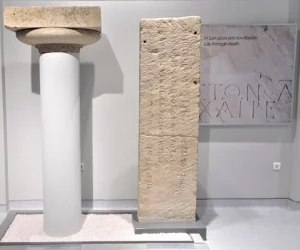The Stele of Arniadas is an ancient funerary monument found in the region of Lycia, located in what is now modern-day Turkey. Dating back to the 5th century BC, this stele is significant for its historical and linguistic contributions to the understanding of Lycian culture and script. Historical Background Lycia was a unique and powerful…
Stelae
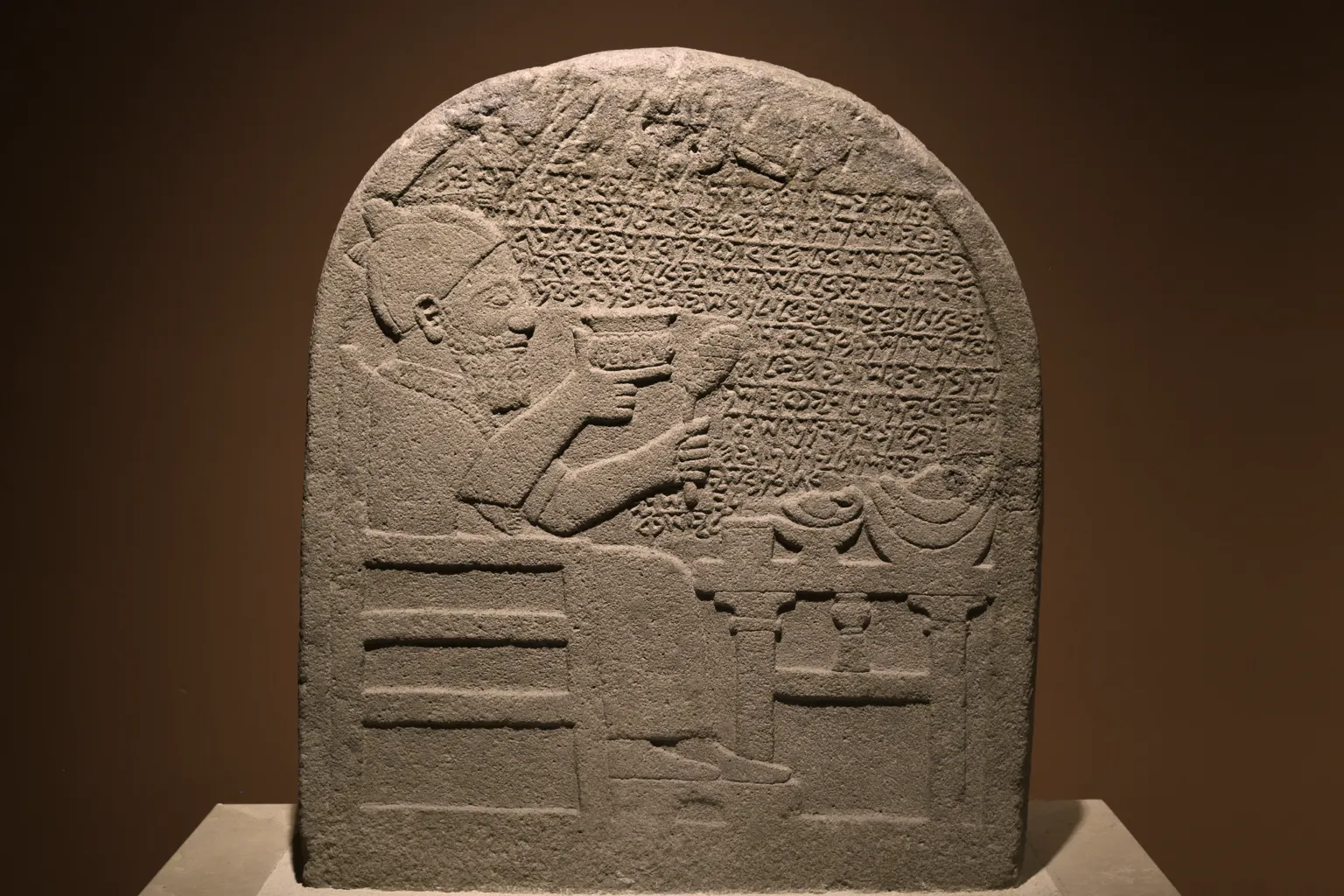
Stelae are stone slabs or pillars, often carved with inscriptions or reliefs. They were used to mark graves, commemorate events, or display laws. Many ancient cultures, from the Egyptians to the Mayans, used stelae to record important information.
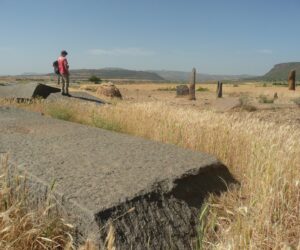
Gudit stelae field
Exploring the Gudit Stelae Field The Gudit Stelae Field, located in Aksum, Ethiopia, stands as a remarkable testament to ancient Aksumite culture. These towering monoliths reflect the region’s rich history and its connection to broader megalithic traditions in the Near East and Africa. Types of Stelae The Aksumite stelae come in four primary forms: At…
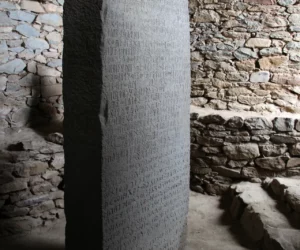
Ezana Stone
The Ezana Stone: A Testament to Ethiopia’s Ancient Christian Heritage In modern-day Axum, Ethiopia, the Ezana Stone stands as a remarkable artifact from the ancient Kingdom of Aksum. This stone monument, likely dating from the 4th century AD, records King Ezana’s conversion to Christianity and his conquests over neighboring regions, including Meroë. Historical Context King…
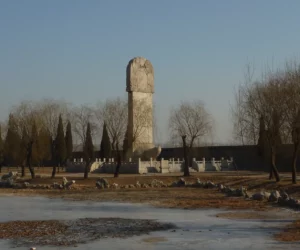
Jingling Palace Steles
The Jingling Palace Stele, located in Jiuxian Village, three kilometers east of Qufu City in Shandong Province, China, offers a window into the Song Dynasty’s rich history. This significant cultural relic stands as a testament to the historical reverence for Emperor Huangdi, whom Emperor Zhenzong of the Song Dynasty honored as the Zhao family’s ancestor….
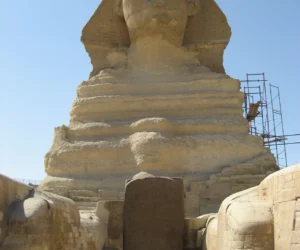
Dream Stele
Introduction to the Dream Stele The Dream Stele, also known as the Sphinx Stele, stands prominently between the front paws of the Great Sphinx of Giza. Thutmose IV, a pharaoh of Egypt’s 18th Dynasty, erected this monument in 1401 BC, marking the first year of his reign. This stele is not just a mere artifact;…

Raimondi Stele
The Raimondi Stele stands as a monumental testament to the religious and artistic practices of the Chavín culture, which thrived in the central Andes of present-day Peru from 1500 BCE to 300 BCE. This period, known as the Early Horizon, was characterized by the widespread influence of Chavín art styles, including the use of anthropomorphic and zoomorphic motifs featuring feline, serpent, and crocodilian creatures. The stele itself, a seven-foot-high polished granite monolith, showcases these artistic choices in its depiction of the Staff God, a central figure in Chavín cosmology.

